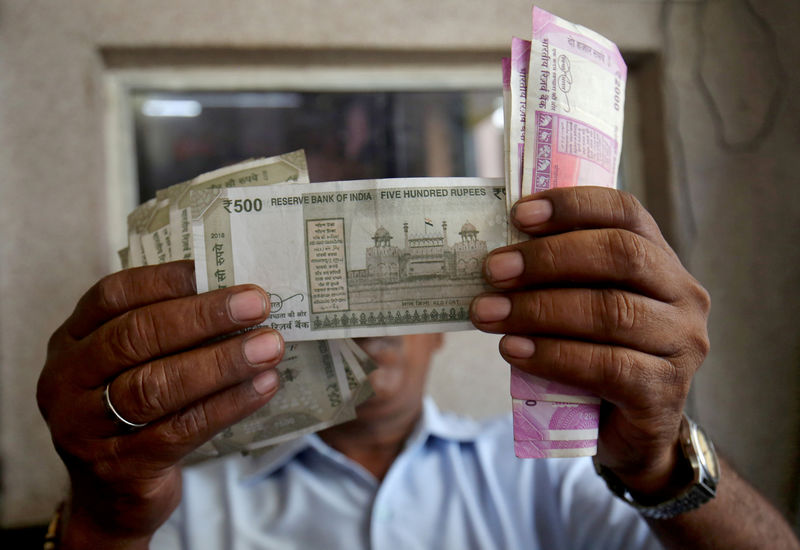Investing.com — Data released this week shows a decline in overall consumer price inflation in India, from 5.5% annualized in November to 5.2% in December.
According to Capital Economics, this supports their prediction that the Reserve Bank of India (NS:) (RBI) will begin its easing cycle at the next Monetary Policy Committee (MPC) meeting on February 7, despite the recent depreciation of the Indian rupee.
The decline in food inflation from 8.2% in November to 7.7% in December, along with limited underlying price pressures due to a slowing economy, are seen as key factors influencing the RBI’s possible decision.
The central bank, now led by Governor Sanjay Malhotra, is expected to cut interest rates, countering concerns among some analysts that the weakening rupee could hinder the move due to fears of imported inflation.
Capital Economics argues that the RBI’s management of the rupee’s depreciation rate signals a shift in priorities rather than concerns about imported inflation.
Despite a decline in foreign exchange reserves, they remain at levels that are considered high by historical standards. The RBI’s take into account a faster depreciation of the rupee is seen as a strategic move to boost the competitiveness of Indian companies globally, especially as the domestic economy shows signs of weakening.
As India prepares for possible changes in its monetary policy, global attention will soon turn to the United States, where Donald Trump is about to be inaugurated for his second term as president.
The event is scheduled for next week, with a special online briefing on January 21 to discuss expectations for Trump’s second term.
The impact of Trump’s proposed tariffs, especially on China, and their potential effects on global supply chains and Indian trade, remains a key focus for economists and policymakers alike.
This article was produced with the support of AI and reviewed by an editor. For more information see our General Terms and Conditions.


